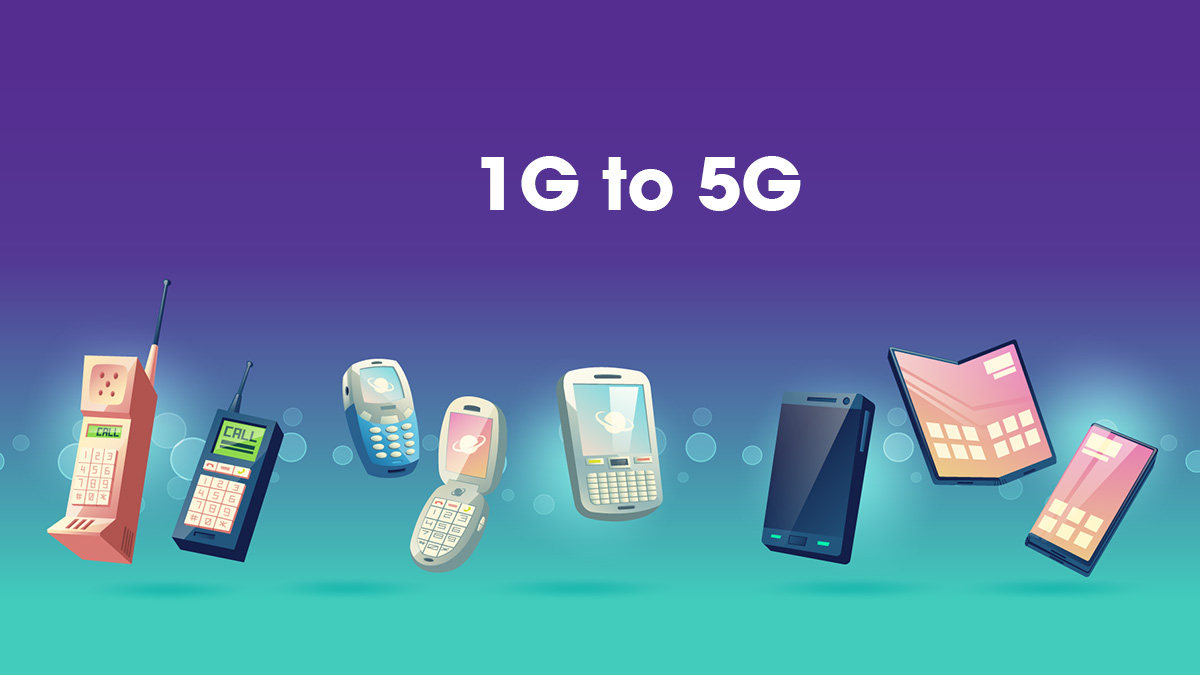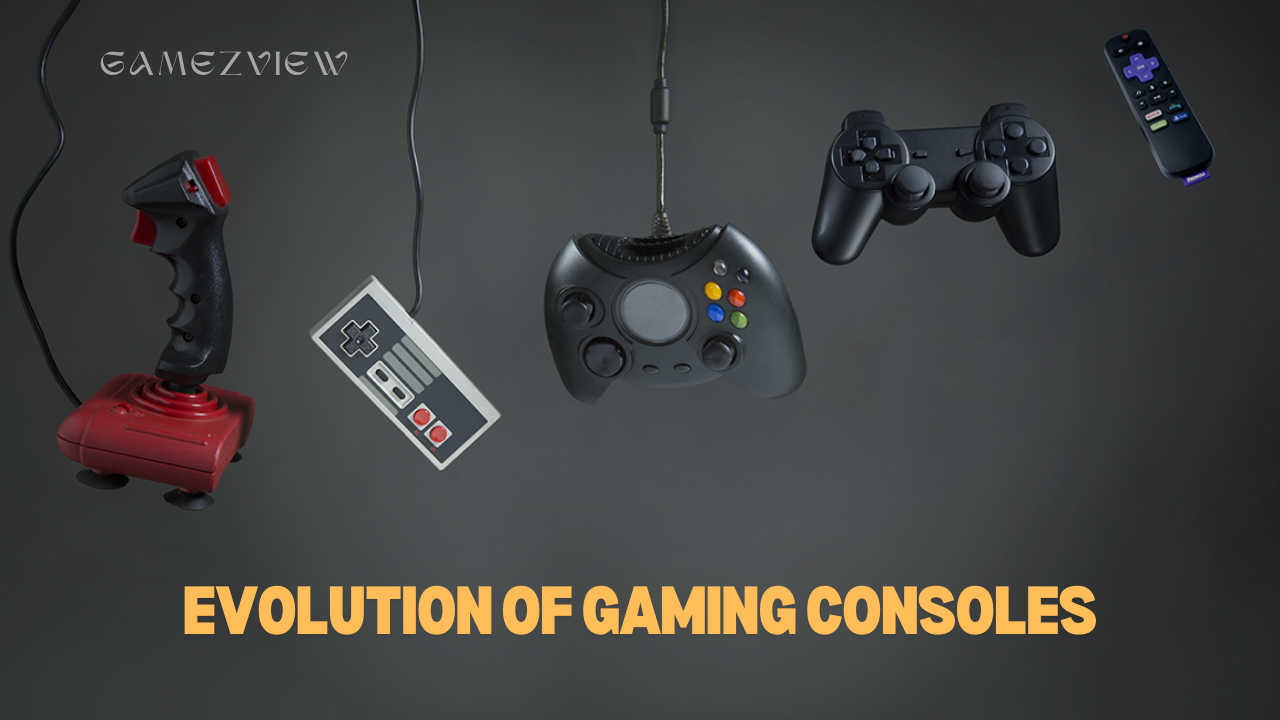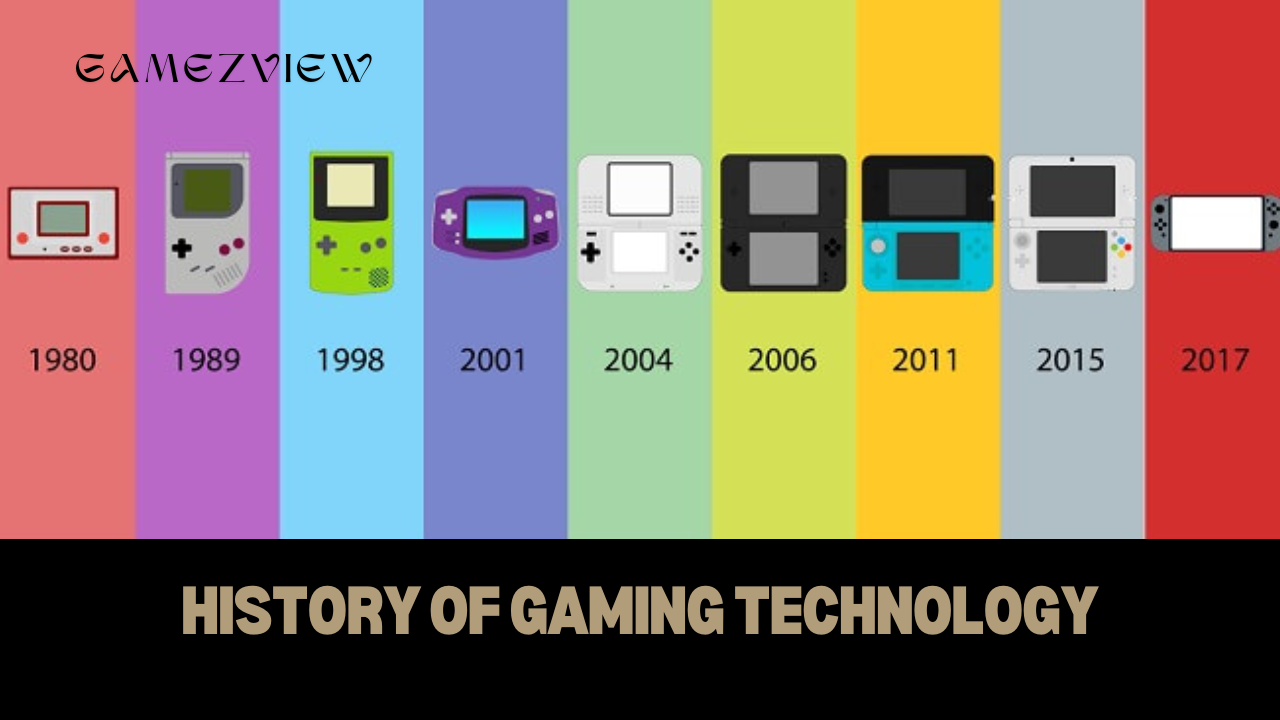The evolution of mobile technology has been a remarkable journey, transforming the way we communicate, work, and live. From the early days of analogue signals to the ultra-fast speeds of 5G, mobile technology has progressed in leaps and bounds, with each generation bringing new capabilities and innovations. This comprehensive exploration traces the development of mobile technology from the first generation (1G) to the current fifth generation (5G), highlighting key advancements, challenges, and prospects.
The Dawn of Mobile Communication: 1G
Introduction to 1G
The first generation of mobile technology, commonly referred to as 1G, emerged in the early 1980s. This era marked the advent of mobile telephony, allowing people to make voice calls wirelessly. Unlike subsequent generations, 1G was based on analogue technology, which meant that the signals transmitted were continuous waves of sound, similar to those used in traditional radio broadcasting.
Key Features and Limitations
1G systems were characterized by their use of Frequency Division Multiple Access (FDMA) to manage communication channels. This approach divided the available frequency spectrum into distinct channels, with each call occupying a separate channel. While this method allowed for simultaneous communication, it also had its limitations. For instance, 1G networks had limited capacity and were prone to interference and poor call quality in certain conditions.
Moreover, 1G phones were bulky and expensive, primarily catering to business professionals. The technology was not well-suited for widespread consumer adoption due to its high cost and limited coverage area.
The Introduction of Digital Technology: 2G
Transition to Digital
The second generation of mobile technology, or 2G, arrived in the early 1990s and introduced a significant shift from analogue to digital communication. This transition marked the beginning of a new era in mobile technology, characterized by improved call quality, greater capacity, and the introduction of text messaging.
2G networks were based on Global System for Mobile Communications (GSM) technology, which used Time Division Multiple Access (TDMA) and Frequency Division Multiple Access (FDMA) to enhance network efficiency. TDMA allowed multiple users to share the same frequency channel by dividing the signal into time slots, thus increasing the number of simultaneous calls that could be handled by the network.
Innovations and Benefits
One of the key innovations of 2G was the ability to send Short Message Service (SMS) messages. This feature revolutionized personal communication, allowing users to send and receive text messages in addition to making voice calls. The introduction of SMS paved the way for multimedia messaging (MMS) and mobile internet browsing in later generations.
2G networks also supported data services, albeit at relatively low speeds. The General Packet Radio Service (GPRS) and Enhanced Data Rates for GSM Evolution (EDGE) technologies provided improved data transmission rates, enabling basic internet access and email functionality on mobile devices.
The Rise of Mobile Data: 3G
Advancements in Speed and Capability
The third generation of mobile technology, known as 3G, emerged in the early 2000s and brought substantial improvements in data speeds and network capabilities. Unlike its predecessors, 3G was designed to support high-speed data transmission, enabling more advanced services such as mobile internet, video calling, and multimedia content.
3G networks were built on Universal Mobile Telecommunications System (UMTS) technology, which used Wideband Code Division Multiple Access (WCDMA) to enhance data transmission rates and network capacity. This technology allowed for simultaneous voice and data communication, a significant advancement over previous generations.
Impact on Mobile Services
The introduction of 3G networks had a profound impact on mobile services and applications. It facilitated the growth of mobile internet usage, allowing users to browse websites, stream music and video, and access a wide range of online services from their mobile devices. This era also saw the rise of mobile apps, with app stores becoming a central hub for distributing and downloading software.
3G technology enabled more immersive mobile experiences, such as video conferencing and live streaming. It also paved the way for the development of smartphones, which combined advanced hardware and software capabilities to offer a wide range of features beyond traditional voice communication.

The Era of High-Speed Connectivity: 4G
The Transition to LTE
The fourth generation of mobile technology, or 4G, represented a major leap forward in terms of speed, efficiency, and network performance. Introduced in the late 2000s, 4G networks were built on Long-Term Evolution (LTE) technology, which offered significantly faster data transmission rates compared to 3G.
LTE networks use Orthogonal Frequency Division Multiple Access (OFDMA) and Single Carrier Frequency Division Multiple Access (SC-FDMA) to enhance network efficiency and support high-speed data transfer. This technology allowed for download speeds of up to 100 Mbps and upload speeds of up to 50 Mbps, facilitating seamless streaming, gaming, and other data-intensive applications.
Innovations and Applications
4G networks revolutionized mobile connectivity by enabling high-definition video streaming, faster web browsing, and real-time online gaming. The improved data speeds and lower latency of 4G networks supported the growth of mobile applications and services that required high bandwidth and low latency, such as video conferencing and augmented reality (AR).
The 4G era also saw the proliferation of smartphones and tablets, as consumers increasingly relied on mobile devices for various tasks. Mobile broadband became a standard feature, allowing users to stay connected and productive while on the go.
How Tech Giants are Shaping the Future of Artificial Intelligence
The Dawn of 5G: A New Era of Connectivity
Introduction to 5G
The fifth generation of mobile technology, or 5G, represents the latest advancement in mobile connectivity, promising unprecedented speeds, lower latency, and enhanced network capacity. Launched in the late 2010s, 5G networks are designed to support a wide range of applications and use cases, from enhanced mobile broadband to the Internet of Things (IoT) and smart cities.
5G technology is built on a combination of advanced technologies, including millimetre waves (mmWave), Massive MIMO (Multiple Input Multiple Output), and network slicing. These innovations enable 5G networks to deliver data speeds of up to 10 Gbps, with latency as low as 1 milliseconds.
Key Features and Benefits
One of the most notable features of 5G is its ability to support a vast number of connected devices simultaneously. This capability is crucial for the growing number of IoT devices, which require reliable and high-speed connectivity to function effectively. 5G networks also offer enhanced reliability and coverage, making them well-suited for applications in smart cities, autonomous vehicles, and industrial automation.
In addition to improved speed and capacity, 5G networks provide ultra-low latency, which is essential for real-time applications such as virtual reality (VR) and augmented reality (AR). The low latency of 5G networks enables seamless interactions and experiences in these immersive environments, paving the way for new and innovative applications.

The Future of Mobile Technology
Emerging Trends and Technologies
As mobile technology continues to evolve, several emerging trends and technologies are shaping the future of connectivity. These include:
- 6G Technology: Research and development efforts are already underway for the next generation of mobile technology, known as 6G. While still in the early stages, 6G is expected to offer even higher speeds, lower latency, and advanced capabilities, such as enhanced AI integration and ubiquitous connectivity.
- Edge Computing: Edge computing involves processing data closer to the source of generation, reducing latency and improving the efficiency of data processing. This technology complements 5G networks by enabling real-time analytics and decision-making at the edge of the network.
- Network Virtualization: Network virtualization allows for the creation of virtual network functions and services, enabling more flexible and efficient network management. This technology supports the dynamic allocation of network resources and enhances the scalability of mobile networks.
- Quantum Computing: Quantum computing has the potential to revolutionize mobile technology by providing unprecedented processing power and solving complex problems that are currently beyond the capabilities of classical computers. While still in its infancy, quantum computing could have a significant impact on data security, network optimization, and other areas of mobile technology.
Challenges and Considerations
The evolution of mobile technology also brings several challenges and considerations, including:
- Security and Privacy: As mobile networks become more advanced and interconnected, ensuring the security and privacy of user data is of paramount importance. Cybersecurity threats, data breaches, and privacy concerns must be addressed to protect users and maintain the integrity of mobile networks.
- Infrastructure and Deployment: The deployment of advanced mobile technologies, such as 5G, requires significant investment in infrastructure and resources. Building and maintaining the necessary infrastructure to support these technologies can be a complex and costly endeavour.
- Regulatory and Policy Issues: The rapid advancement of mobile technology raises regulatory and policy challenges, including spectrum allocation, network neutrality, and international standards. Collaboration between governments, industry stakeholders, and regulatory bodies is essential to address these issues and ensure the equitable development and deployment of mobile technologies.
Exploring the Potential of Virtual Reality (VR) in Education
The evolution of mobile technology from 1G to 5G represents a remarkable journey of innovation and progress. Each generation has brought new capabilities and advancements, transforming the way we communicate, work, and interact with the world. As we look to the future, the continued development of mobile technology will shape the way we experience connectivity, enabling new applications and opportunities that were once beyond imagination.
From the early days of analogue siganalogueo to the cutting-edge capabilities of 5G and beyond, the evolution of mobile technology is a testament to human ingenuity and the relentless pursuit of progress. As we move forward, the ongoing advancements in mobile technology will continue to redefine the boundaries of what is possible, paving the way for a more connected and intelligent world.



